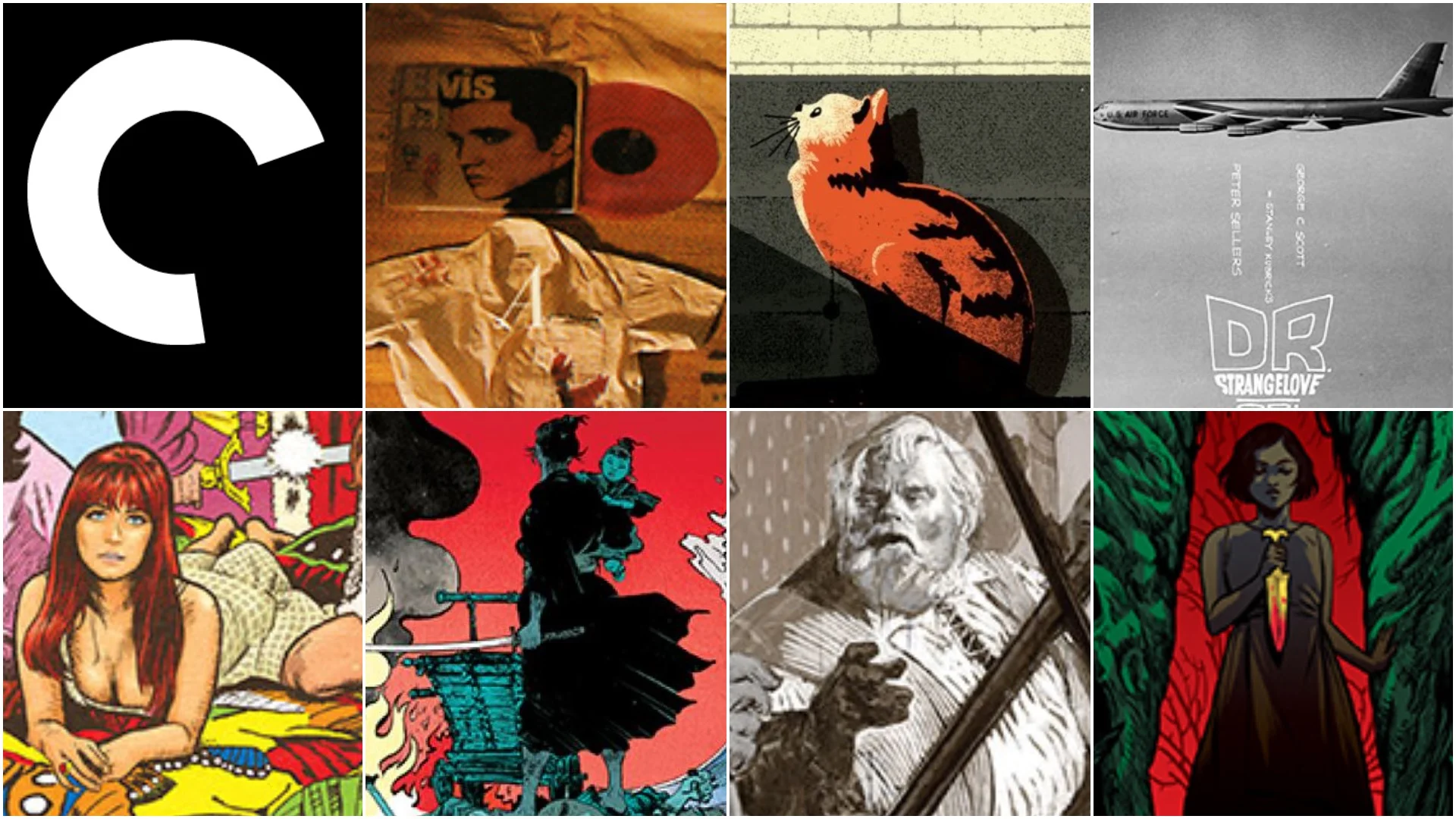Spirited Away: The Films of Studio Ghibli
Beginning on December 24th and running until January 10th, Toronto’s TIFF Bell Lightbox will be hosting Spirited Away: The Films of Studio Ghibli, showcasing twenty-two films from the world-renowned animation studio.
This will be the third time that TIFF has hosted a complete Ghibli retrospective since 2012, with this edition including more recent films like The Wind Rises and When Marnie Was There for the first time. Easily the cultural centre’s most successful series, a range of titles will be presented in both dubbed and subbed versions for audience preference, with many being presented in their original theatrical 35mm presentation.
Studio Ghibli is renowned for being one of the leading animation companies, with fans around the world, and decades worth of high-quality productions. They make films which are truly imaginative, and their success lies in the fact that they are aimed not just at children, but rather to the young at heart, while also containing a range of highly complex themes relating to the real world. Nature is a key area, seen in such highly regarded fantasies like Princess Mononoke (1997), set within a mystical forest at odds with a feudal society destroying its environment, to Miyazaki’s latest film The Wind Rises (2013), where a fighter aircraft engineer sees his inventions used as tools to wage war. Coming-of-age narratives are also quite common in Ghibli films, and titles like Kiki’s Delivery Service (1989), about a teenage witch attempting to live a normal life, and Whisper of the Heart (1995), a quasi-fantasy about a girl and the boy who has checked out all the library books she chooses, are certainly uncharacteristic takes on the type of bildungsroman often seen in the Western World.
Founded in 1985 between Hayao Miyazaki, Isao Takahata, and Toshio Suzuki, Ghibli was meant to be an animation studio focused around the idea of artistic potential and ability, unconstrained by the demands of other Japanese studios creating empty products meant to sell merchandise above all else. Their first major feature, Nausicaa of the Valley of the Wind (1984) a post-apocalyptic tale about a young princess who must stop a kingdom from waging war against a rival group of creatures, was an unprecedented success and resulted in Miyazaki and Takahata obtaining the creative freedom they required to kickstart Ghibli. The first production released under the namesake, Castle in the Sky (1986), following a young boy and girl caught in a race against time to find a magical floating castle, did not reach the heights of Nausicaa, but did help to bolster their reputation and was a sizeable hit in its own regard. The double-bill of Grave of the Fireflies (1988) and My Neighbor Totoro (1988) also did not manage to draw huge crowds, despite being seen today as two of the most enigmatic works to emerge from the studio.
What really makes Studio Ghibli special is the way in which they are willing to experiment with a range of stories, much like the double feature mentioned above. While fantasy is their strongest suit, there are other Ghibli films set in the real world around real individuals, or feature highly dramatic storylines free of any unreal elements. Over time, these ventures into other narrative forms have become more predominant, something they began to work towards in the early 1990s with Only Yesterday (1991), about a woman in her late-20s recalling her upbringing in Tokyo, to From Up on Poppy Hill (2011), a period piece about a group of politically active teenagers fighting to save their school clubhouse from being destroyed.
Their most successful film to date is Spirited Away (2001), currently the highest grossing film of all time in Japan. It tells the story of a 10-year-old girl who enters a world of supernatural beings, and must work to free her parents who have been cast under a wicked spell. Thanks to a range of splendid and colorful imagery, backed by a enchanting story for both the young and old, it became the first (and currently only) non-English film and hand-drawn film to win the Academy Award for Best Animated Feature, and is seen among the greatest films of the twenty-first century.
While animation has become more complex in the ensuing decades since Ghibli was first established, the dedication to relying on hand-drawn animated form is the backbone for the entire company, and the one element that has remained consistent [save for Takahata’s digital My Neighbors the Yamadas (1999)] over time. Miyazaki remains an active proponent for hand-drawn style, especially when avoiding the use of a script when storyboarding his work, and it can be argued that his productions are directly responsible for giving Ghibli its identity in popular culture.
Besides Disney and Pixar, Studio Ghibli is the most highly regarded and profitable animation company in the world, and to this day continue to inspire legions of filmmakers. In September 2013, following the enormous success of The Wind Rises, Miyazaki announced his decision to retire from feature filmmaking, something he has stated with every feature completed since Princess Mononoke. An outcry over the possibility of Studio Ghibli ceasing production on all future products emerged, with just 2014’s When Marnie Was There remaining. Fortunately, Ghibli has continued to remain active, recently co-producing The Red Turtle, their first collaboration with a European animator, and another production from Ghibli veterans, Mary and the Witch’s Flower, is set for a 2017 release from Studio Ponoc. Just last month, Miyazaki made the announcement that he too will return with another hand drawn animated feature titled Boro the Caterpillar, that he hopes to have completed before 2020. While the future of Studio Ghibli remains somewhat uncertain, it is worth celebrating the multiple timeless masterpieces they have produced, as there is quite simply nothing else like them.
Spirited Away: The Films of Studio Ghibli runs from December 24 to January 10th. A full list of films and showtimes can be found here.







